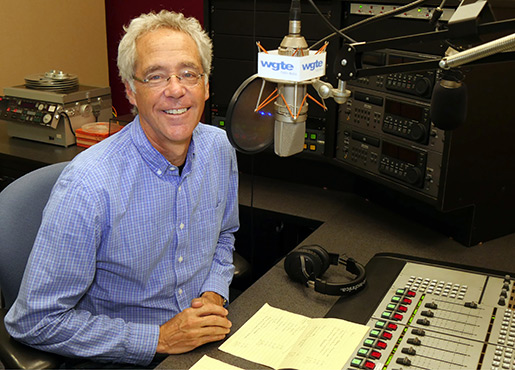
Bobby Watson and Jon Faddis
This week’s tour through the spectrum of jazz includes two pieces that are special favorites:

By Fritz Byers
The alto saxophonist Bobby Watson’s composition, “The Misery of Ebop,” from his career-defining 1986 masterpiece, Love Remains. In the late 70s, Bobby, who on the LP cover of this album is billed as Robert, studied in the fabled institute of advanced hard-bop studies that was Art Blakey’s Jazz Messengers. He began making recordings as a leader toward the end of that decade. His 1983 date with the pianist Mulgrew Miller, Beatitudes, is of particular note. But Love Remains, er, remains the one to hear. Propelled by the wondrously tight and embracing rhythm section of the pianist John Hicks, the bassist Curtis Lundy, and the drummer Marvin “Smitty” Smith, Bobby traverses six of his own compositions (one co-written with Pamela Watson) with startlingly graceful ease, given the complexity of the pieces. I can’t decipher the title of “The Misery of Ebop,” but I’m comfortable saying that in the piece I hear a commentary on the be-bop revolution, an homage to the splendors of the hard-bop derivation, and a tour-de-force of alto improvisation.

The title track from Jon Faddis’s 2006 date, Teranga. Jon’s ten-year stint as musical director the Carnegie Hall Jazz Band consolidated his reputation as a lead trumpeter, bandleader, composer, teacher, and advocate for the music. He has a big-band trumpeter’s power and fluidity, and a startling ability to replicate the tonality of jazz greats, with a particular penchant for the sounds and stylings of Dizzy Gillespie. Teranga – a Sengalese word meaning, approximately, “hospitality – is a distinctive accomplishment in a career full of them. Jon adorned the date with a variety of first-call musicians – the baritone saxophonist Gary Smulyan, trumpet legend Clark Terry, and guitarist Russell Malone among them. On his composition, “Teranga,” Jon involves the great flutist Frank Wess and the percussionists Alioune Faye and Abdou Mboup, along with session’s drummer, Dion Parson. I’m not nearly enough of a musicologist to sort out the strands of this complex piece, but you’ll hear both African and middle-Eastern rhythms and harmonies. In addition to Wess’s otherworldly flute sound, and of course Jon’s eclectic trumpet playing throughout, the tune is a fascinating swirl of rhythms: listen to the interplay among the three percussionists as they constantly switch courses throughout this astonishing piece.
- Home
- Schedules
- TV
- TV
- Local TV Programs
- Business | Life 360 with Kristi K.
- Toledo Stories
- To The Point with Doni Miller
- Listening with Keith Burris
- Ideas & Insights
- WGTE Presents
- BL360: Northwest Ohio Innovation Consortium
- Magic of the Old West End
- Freedom Means Never Surrender
- I&I: The Random Factor
- FF: National Cherry Festival
- TTP: Moms Demand Action For Gun Sense in America
- Watch Live
- Radio
- Education
- Community
- Support
- About
- Donate



